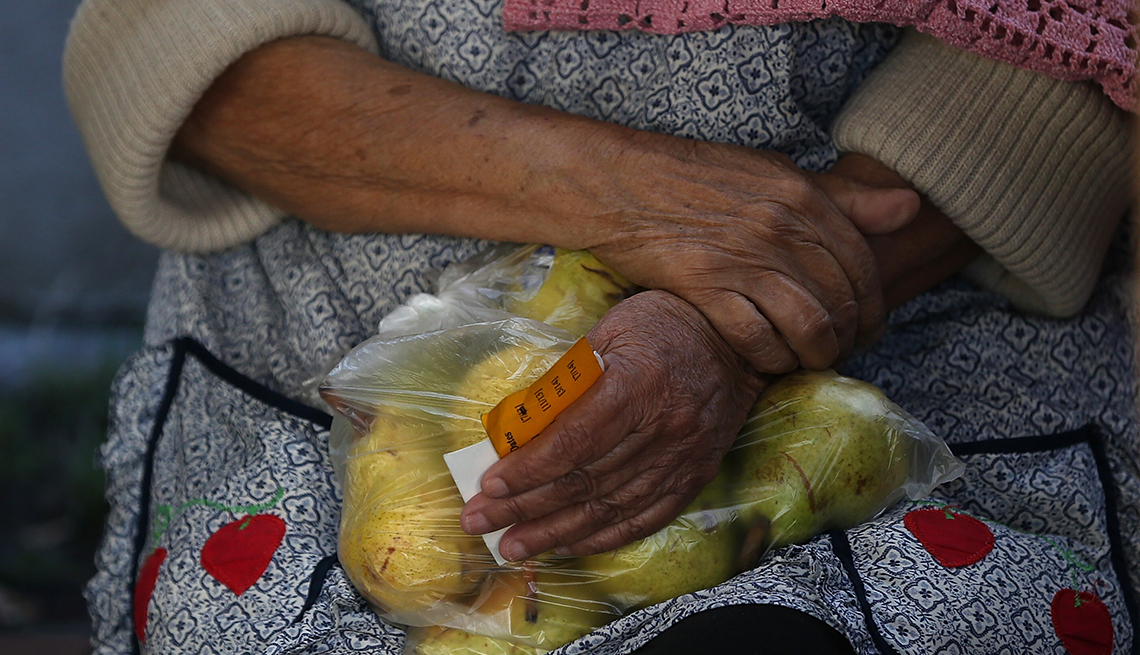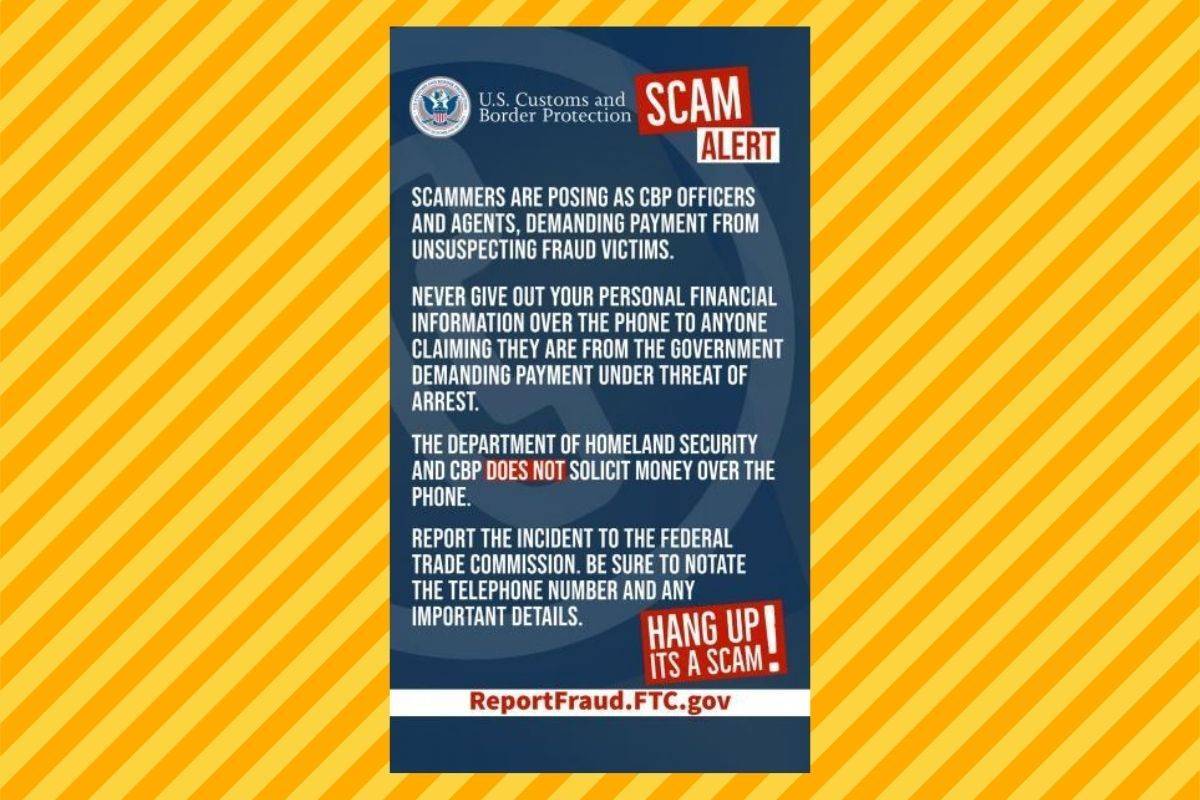
- Select a language for the TTS:
- UK English Female
- UK English Male
- US English Female
- US English Male
- Australian Female
- Australian Male
- Language selected: (auto detect) - EN
Play all audios:
Echols, who gets by on Social Security disability benefits, said some of the places where she had sought food before the pandemic, including a church, shut down completely for a while, then
opened for very limited hours. “There was nowhere to go initially,” she said. Echols was extremely grateful for help she got from the Center for Food Action, a large nonprofit serving
northern New Jersey’s poorest and most vulnerable residents, which distributed food via a drive-through. But she temporarily lost access to that help, too, when her car broke down and she
had to replace it. Getting to grocery stores ― and ordering food online ― also proved challenging for millions of older adults. Toth said many rural areas in Louisiana, for example, have no
internet access and no big grocery stores. Even before the pandemic, Louisiana tied with West Virginia for the fifth-highest rate of senior food insecurity in the nation among states,
according to "The State of Senior Hunger in America 2019." That study, by Feeding America and partners Craig Gunderson of Baylor University and James Ziliak of the University of
Kentucky, found nearly 1 in 10 seniors in that state were food insecure, meaning they weren’t sure where their next meal was coming from. The financial devastation of COVID just made things
worse, and people turned to food banks and pantries to meet their needs. Mary Andrews of Monroe, Louisiana, said she has been picking up a box of food every month from the Northeast
Louisiana bank during the pandemic, getting canned goods, milk, butter, juice, chicken and more. “It helps a lot,” said Andrews, 84. Kathryn Marles, another food bank client from Monroe,
agreed. “When you get that box, you are really surprised and happy,” said Marles, 66, who has diabetes, high blood pressure and high cholesterol. “They give you everything you can use in the
kitchen.” Marles said she used to go to senior centers for group meals before the pandemic, “but the senior place is closed, so I go to the food bank.” Lisa Smith, director of client
services at ElderServe in Louisville, Kentucky, said many older adults found ways to get what they needed, even if it meant trying several different avenues or seeking help for the first
time. “It’s definitely been hard for seniors,” she said. “But they’ve been very resilient.” So have those trying to help them. In recent months, widespread COVID vaccination has enabled many
volunteers to get back to work in food pantries and meal programs and also has helped relatives feel safer visiting senior family members. During the early days of the pandemic, there was
not much aid for seniors, Carr said. “But eventually, people found a way.” FOOD STAMP BOOST ‘A GODSEND’ For many seniors, increases in SNAP benefits have been another crucial lifeline. Carr
considers them “a godsend.” According to AARP Public Policy Institute, 44 percent of all SNAP households in 2018 included at least one adult 50 or older. Nearly a third of such households
received the maximum benefit, which was $194 a month for a one-person household. But 1 in 6 such households received the minimum benefit, which in recent years was $16 a month for households
of one and two in every state but Hawaii and Alaska.






